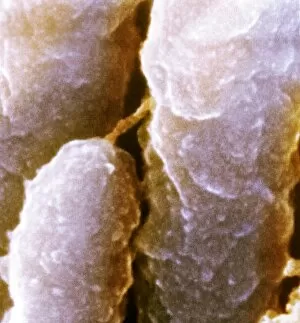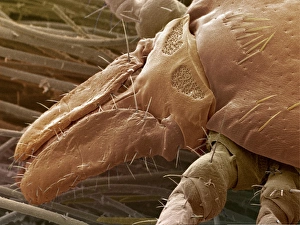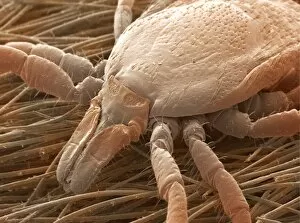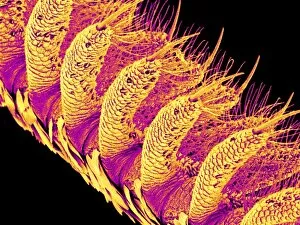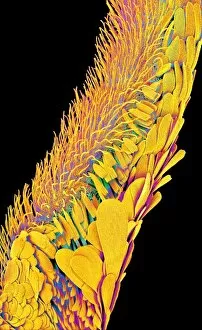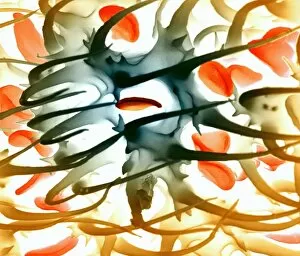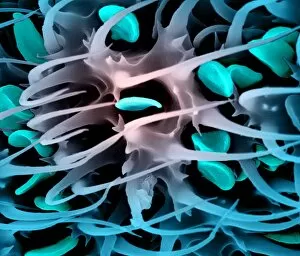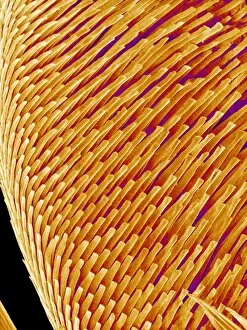Sensory Hair Collection
"Sensory Hair: Unlocking the Secrets of Nature's Tactile Wonders" Did you know that our inner ear hairs play a crucial role in maintaining balance and detecting sound
All Professionally Made to Order for Quick Shipping
"Sensory Hair: Unlocking the Secrets of Nature's Tactile Wonders" Did you know that our inner ear hairs play a crucial role in maintaining balance and detecting sound? These microscopic sensory hairs, when viewed under a scanning electron microscope (SEM), reveal their intricate structure and importance to our auditory system. But it's not just humans who rely on sensory hair. Take the deer tick for example, its SEM image showcases the delicate yet powerful sensory hairs that help it navigate through its environment and locate hosts for feeding. Similarly, the sheep tick possesses specialized SEM-visible sensory hairs that aid in its survival by sensing temperature changes or chemical cues from potential prey or predators. Moving away from ticks, let's explore the fascinating world of moths. The SEM images of moth antennas (C015 / 8778, C015 / 8782, C015 / 8076, C015 / 9946) highlight these insects' remarkable ability to detect pheromones released by potential mates over long distances using their exquisitely sensitive antennae covered with countless sensory hairs. Each moth antenna SEM image (C015 / 8780, C015 / 8075, C015 / 8784, C015/8783) offers a glimpse into nature's ingenious design as these fine structures enable moths to perceive even minute air movements and navigate complex environments with precision. These captivating examples remind us of the incredible diversity and functionality found within nature's realm of sensory hair. From maintaining equilibrium in humans to aiding survival strategies in ticks or facilitating reproduction among moths – these tiny structures are truly awe-inspiring testaments to evolution’s ingenuity.

